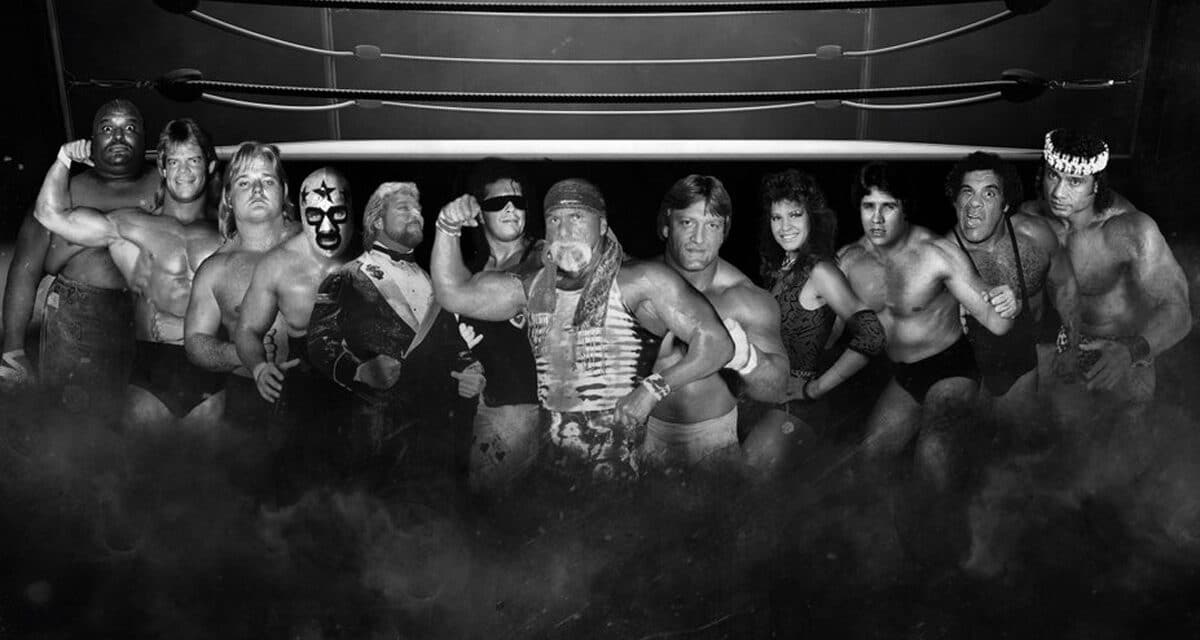Too many people look at professional wrestling and dismiss it as “fake.” Those people have no idea what goes on in the lives of wrestlers — both in WWE and in independent wrestling promotions.
The new wrestling documentary 350 Days tries to take viewers behind-the-scenes to let them know the struggles and hardships that wrestlers face. The title refers to the fact that many wrestlers — especially back in the territory days of the ’70s and ’80s — were on the road for up to 350 days a year.
At its base, 350 Days is a huge treat for fans who watched wrestling in the territory days and the early era of WWE, circa the ’70s and ’80s. There are a ton of familiar faces for old-school fans, from Greg “The Hammer” Valentine and Superstar Billy Graham to Four Horsemen manager J.J. Dillion and Superfly Jimmy Snuka. As that last name should tell you, this was a documentary that was made over a period of years and some men interviewed died a short time after their interviews.
That is one of the sobering facts that 350 Days shines a light on. The lives of these wrestlers was not an easy one — but the interesting thing is that, at the end, none of them would have traded it for anything else.
Take a look at some of the names interviewed in this documentary and you see a
350 Days is broken up into chapters, although it flows from one story to the next and is almost hard to keep track unless you are really paying close attention, although the stories are all so interesting it doesn’t really matter. It starts off with the wrestlers talking about getting into the business and why many of them chose this difficult profession.
From there, they talk about finding their gimmick and really start to emphasize that professional wrestling is not fake. It is predetermined but the action in the ring is real with men and women putting their bodies on the line for the entertainment of the fans — many of which, back in the day, would try to attack a wrestler if they could. As a Lanny Poffo mentions, they are actors, athletes, and artists.
From there, they get into some of the dirty secrets of the business. They talk about their relationships with the fans — good and bad. They then go into some topics WWE would prefer no one hear about — the steroids, the illegal drugs, the affairs with “ring rats,” and the broken families that resulted from their time on the road.
Bret Hart even had a very interesting take. He said that when WWE made smoking pot something that was against the rules and could result in suspensions or terminations — that is when wrestlers started to die. Instead of smoking pot and relaxing, they started drinking more and that is when men started to die young. It was crazy hearing this from Hart and is a damning comment about the company he worked for.
However, 350 Days ends on a high note, with the men talking about their legacy in the business, the ability to travel the world, and the high moments that made wrestling special for them.
350 Days is a love letter from the wrestlers to the fans, showing them the lives they lead — the good and the bad. For old-school professional wrestling fans, these interviews are priceless and for new fans, it is a look at a darker era of the business. While it is mostly talking heads, it is an interesting and very fun documentary. At the end, professional wrestling is a tough life but is something that these men and women loved completely.





